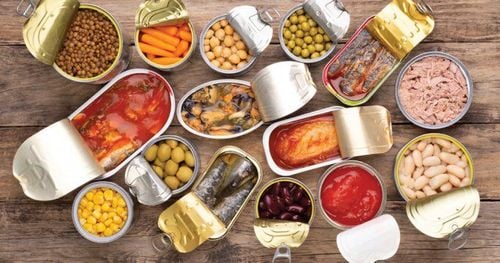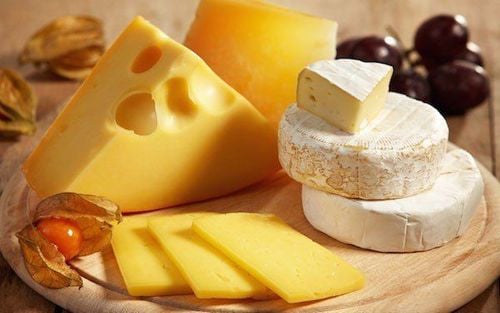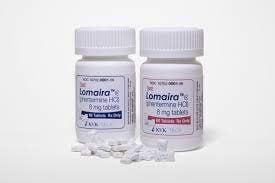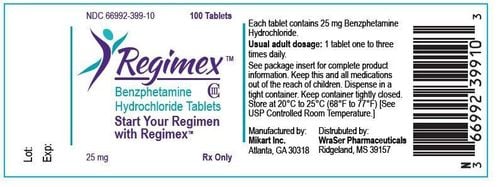This is an automatically translated article.
Children today are prone to early puberty. One of the causes of this condition is that the diet has many changes that affect the children's hormones. Therefore, to help children avoid this phenomenon of early puberty, it is necessary to ensure that children have a diet for children with early puberty.
1. Status of children with early puberty
An alarming trend is taking place affecting children's health. The percentage of children with precocious puberty increased significantly between 1997 and 2010. Today, about 16% of girls hit puberty by age 7 and around 30% by age 8. Puberty declines in Western countries is due to the increase in consumption of animal products and calories. Precocious puberty is a sign of premature aging. Normal and healthy puberty in excellent nutrition without excess calories would probably be somewhere between 15 and 18. But today about half of girls start developing breasts before age 10. , and the average age at first menarche is under 12 and continues to decline.
A recent study from the University of North Carolina at Chapel Hill published in the medical journal Pediatrics states: "At age 3.3% of African-American girls and 1% of Caucasian girls showed breast and and/or pubic hair growth, at an increasing rate of 27.2% and 6.7% respectively at age 7. At age 8, 48.3% of African-American girls and 14.7% white girls have begun to grow."
2. Food is the main factor affecting early puberty
Precocious puberty is not caused by a single factor. The nervous and hormonal systems that control the onset of puberty are complex, but research has identified a number of environmental and lifestyle factors that may contribute to age decline.
Precocious puberty in both girls and boys is caused by a gradual transition from a plant-based diet to a diet of animal origin, high in fat, highly processed foods. Diets high in meat, dairy products, and processed plant foods have been linked to earlier dysmenorrhea while fasting and vigorous exercise will slow the onset of menstrual cramps. An earlier and greater increase in hormone activity leads to earlier puberty.
2.1. Excess fat produces more Estrogen Increased rates of overweight and obesity contribute to early sexual development. Many studies confirm the association between overweight children and early puberty and nutrition in girls. A male hormone called androstenedione made in the adrenal glands and ovaries is converted in fat cells into estrogen. Fat cells are like factories that produce estrogen. As weight increases, so do hormone levels. Excess body fat alters levels of the hormones insulin, leptin, and estrogen, and these factors are thought to be responsible for the accelerated time of puberty due to obesity. In addition, inactivity can lower melatonin levels. this can also affect the signals in the brain that trigger growth during puberty. "Because the high fat and calories from refined vegetable oils are quickly absorbed and stored as fat (within minutes of consumption), they also promote weight gain, thereby affecting Early adulthood Soft drink consumption is another factor believed to accelerate early puberty.

Chế độ dinh dưỡng cho trẻ dậy thì sớm cần tránh các chất béo dư thừa
2.2. Animal protein increases hormone levels Animal protein is associated with early onset of puberty while vegetable protein has the opposite effect. The type of protein that children eat, especially during the crucial period of kindergarten 5-6 years old, seems to determine when they begin puberty. Children who ate a lot of animal protein at that age (meat, eggs, and dairy) started puberty a year earlier than those who ate a lot of plant-based protein. Children eating a lot of vegetable protein started puberty 7 months later on average, and children eating a lot of animal protein started puberty 7 months earlier. Each gram of daily intake of animal protein (the weight of a paperclip) was associated with a 17% increased risk of girls starting their period earlier than 12 years of age. Meat increases levels of the growth hormone IGF-1 which is associated with early puberty. These findings can also be seen in the American Journal of Epidemiology: Abdominal pain occurs earlier in girls who consume more animal protein and less vegetable protein earlier at ages 3-5.
Animal protein intake in 3-7 year olds is associated with earlier dysmenorrhea, and higher vegetable protein intake at 5-6 years old is associated with later dysmenorrhea. Additionally, "The consumption of meat and dairy in children may also reflect the consumption of environmental endocrine disrupting chemicals (EDCs) that have accumulated in animal tissues."
The livestock industry uses the anabolic steroid testosterone to increase muscle mass in their cattle, promoting male sex hormone production in both girls and boys. American beef has been found to contain 600 times more estrogen than Japanese beef, which can facilitate the accumulation of estrogen in the body. In fact, "The anabolic steroid content in meat can be so high that studies have shown that athletes who eat certain types of meat can be accused of steroid abuse."
2.3. 67% Food Estrogen Comes From Dairy The majority of retail milk comes from pregnant cows that are regularly impregnated to produce milk. Due to genetic and dietary manipulation, the dairy industry forces dairy cows to produce milk throughout their gestation period. Dairy foods make up about 60 to 70 percent of the estrogen that comes from food. The main source of this oestrogen is the modern agricultural practice of dairy cows that continuously milk throughout pregnancy. As pregnancy progresses, the oestrogen content of milk increases from 15 pg/ml to 1,000 pg/ml. Pregnancy causes high levels of estrogen to circulate in the animal's body and become part of the cow's milk that children drink. Studies funded by the dairy industry show a 10 % increase in IGF-1 (powerful growth hormone) levels in adolescent girls from one liter per day. Hormones are also added to animal feed to stimulate the growth of animals. This is why commercial cow's milk contains large amounts of estrogen and progesterone. The level of sex steroid hormones in children more than tripled within an hour of drinking cow's milk.
A study highlighted by Dr. Greger states, “Consumption of cow's milk [in humans] interferes with a sensitive endocrine regulatory network from infancy to old age". During puberty with the physiological onset of increased growth hormone secretion, serum IGF-1 concentrations increase and are further enhanced by milk intake.
Cow's milk contains both artificial and natural hormones that increase hormone levels in humans. About a dozen steroid hormones are detectable in milk. Skim milk has the highest concentration, followed by skim milk. Many customers buy organic dairy products to try to avoid the addition of steroid hormones as well as the genetically engineered growth hormone rBGH. It is beneficial to avoid these added hormones, however, organic milk can still contain up to 59 added natural hormones. This can include 8 pituitary hormones, 7 hypothalamic hormones, 7 steroid hormones, 6 thyroid hormones, and 11 different growth factors.
2.4. High-fat foods contain more sex hormones Bacteria in the gut can also increase estrogen levels. A high-fat, low-fiber diet promotes the growth of certain bacteria that convert bile acids into sex hormones. The intestinal wall will then absorb these hormones and deposit them into the bloodstream. The liver produces bile acids to digest fats. A high-fat diet produces more bile acids that are converted into sex hormones.
A high-fat diet also increases estrogen levels by recirculating estrogen back into the bloodstream. After estrogen has circulated throughout the body, the liver removes it and releases it into the intestines. To prevent the hormone from being reabsorbed by the intestines, the liver produces a hormone that binds to prevent it from being reabsorbed. Again, a diet high in fat and meat promotes the growth of bacteria that secrete an enzyme that breaks down unabsorbed matter and releases hormones. These hormones are then reabsorbed back into the bloodstream, resulting in higher estrogen levels. Click here to watch Dr. Neal Barnard's video on how a diet rich in plant foods removes excess estrogen from the circulation back into the bloodstream.

Dinh dưỡng cho trẻ dậy thì sớm hạn chế thực phẩm giàu chất béo
3. Nutrition for children with early puberty
Children who are reaching puberty earlier than ever offer several ways to avoid toxins:
Children's diets should focus on whole plant foods rather than animal foods - this will keep protein intake within a safe range and reduce your child's EDC consumption Minimize dairy products in your child's diet - use almond and hemp milk instead of cow's milk Encourage children to be active and exercise with them. Limit processed foods as much as possible - these are high in calories and poor in nutrients, and they promote obesity and other diseases. A child's diet should include as many natural foods as possible, including green vegetables, squash, corn, carrots, tomatoes, onions, mushrooms, nuts, avocados, beans, fruits, and vegetables. whole grains. This means that healthy eating is important for precocious puberty. Buy organic produce when possible to avoid synthetic pesticides. Ways to reduce BPA exposure
Avoid hard polycarbonate plastic (recycling label
7) whenever possible. Do not use plastic water bottles. Do not microwave in a plastic container. Minimize the use of canned foods and avoid canned infant formulas. Ways to Minimize Phthalate Exposure Avoid plastic with the recycling label
3 (PVC) whenever possible. Check ingredient lists on personal care products for phthalates. Also note that “fragrance” listed as an ingredient usually means products that contain phthalates. For more information, visit the Environmental Working Group's guidance on personal care products for children.
If you have a need for consultation and examination at Vinmec Hospitals under the national health system, please book an appointment on the website (vinmec.com) for the best service.
Please dial HOTLINE for more information or register for an appointment HERE. Download MyVinmec app to make appointments faster and to manage your bookings easily.
References: ncbi.nlm.nih.gov, webmd.com












